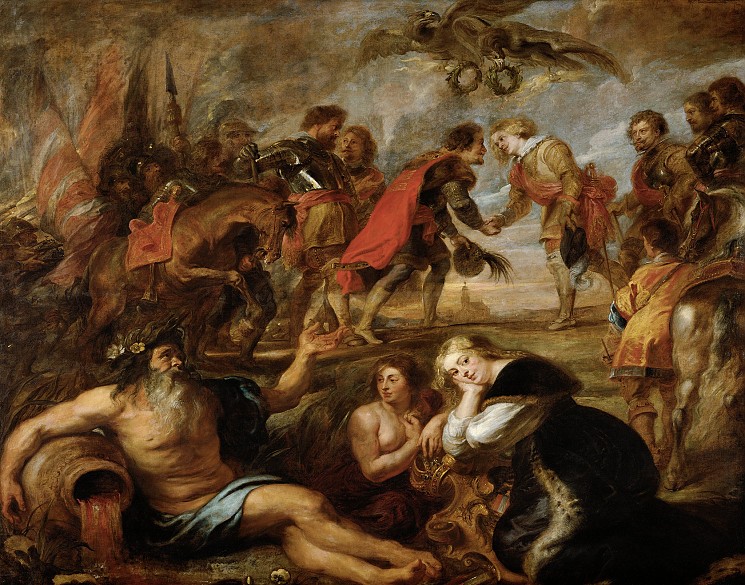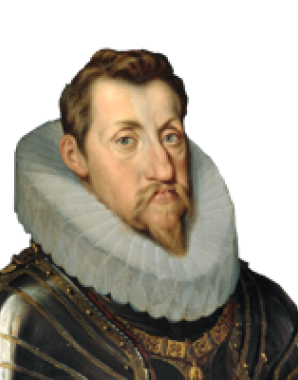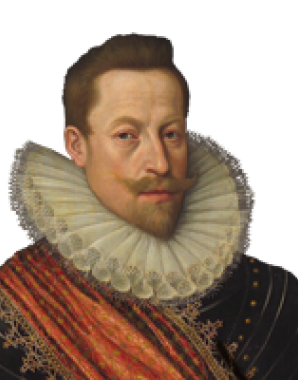Ferdinand III: the compliant son
Throughout his childhood and youth, Ferdinand III witnessed the steady ascendancy of his father Ferdinand II. From him he assumed not only the reins of government but also his ideological orientation. However, in contrast to the uncompromising stance of his father, Ferdinand soon recognized the limits of what was feasible.
Ferdinand was born on 13 July 1608 in Graz, where his father, whose name he shared, reigned as lord of Inner Austria and head of the Styrian line of the dynasty. Only a few years later it was to fall to this Habsburg line to continue the dynasty after Emperor Rudolf II and Emperor Matthias, the two last representatives of the main Austrian line, died without issue.
Ferdinand was the fourth child of Emperor Ferdinand II and his first wife Maria Anna of Bavaria. The young archduke grew up in Graz and lost his mother when he was seven. During his childhood he was overshadowed by his elder brother Johann Karl (b. 1605). As the second-born son, Ferdinand was destined for a secular career in the service of the dynasty, perhaps as governor of one of the territories. Together with his elder brother he received the usual upbringing of a Habsburg prince in the Early Modern era. His education lay in the hands of the Jesuits, who had a monopoly on higher education during the time of the Counter Reformation, which his father was relentlessly imposing in his dominions.
Ferdinand’s position in the family changed abruptly at Christmas 1619 when his elder brother died suddenly of kidney disease aged just fourteen. Ferdinand thus moved up in the succession. At first a sickly child, he developed physically and mentally to the fullest satisfaction of his father, who involved him in the affairs of government from an early age.
The young archduke was crowned king of Hungary in 1625, aged just seventeen. One of the reasons why he was raised to royal rank during his father’s lifetime was Spain’s demand that he receive a befitting title, the precondition for initiating marriage negotiations for the hand of the Spanish infanta, Maria Anna.
In 1627 he was crowned king in Bohemia, which was now considered a hereditary Habsburg kingdom following the suppression of the rebellion by the Estates. Ferdinand’s succession in the Habsburg Monarchy was thus secure.
His succession in the Holy Roman Empire was to prove more problematic. The efforts of his father, the ruling emperor Ferdinand II, to have his son elected as his successor during his own lifetime at the Regensburg imperial diet of 1630 failed due to resistance from the electors, who feared this would give the Habsburgs too much political hegemony in the Empire.
The crown prince also tried his hand as a military commander. After the murder of Wallenstein in 1634 Ferdinand was appointed nominal commander-in-chief of the imperial army. The victory over the Swedes at the Battle of Nördlingen in 1634 constituted an important and prestigious success for the heir to the throne as it reinforced the imperial position in the Empire. Ferdinand was duly elected Roman-German king in 1636 – a final political success for his father Ferdinand II, who died shortly afterwards.















